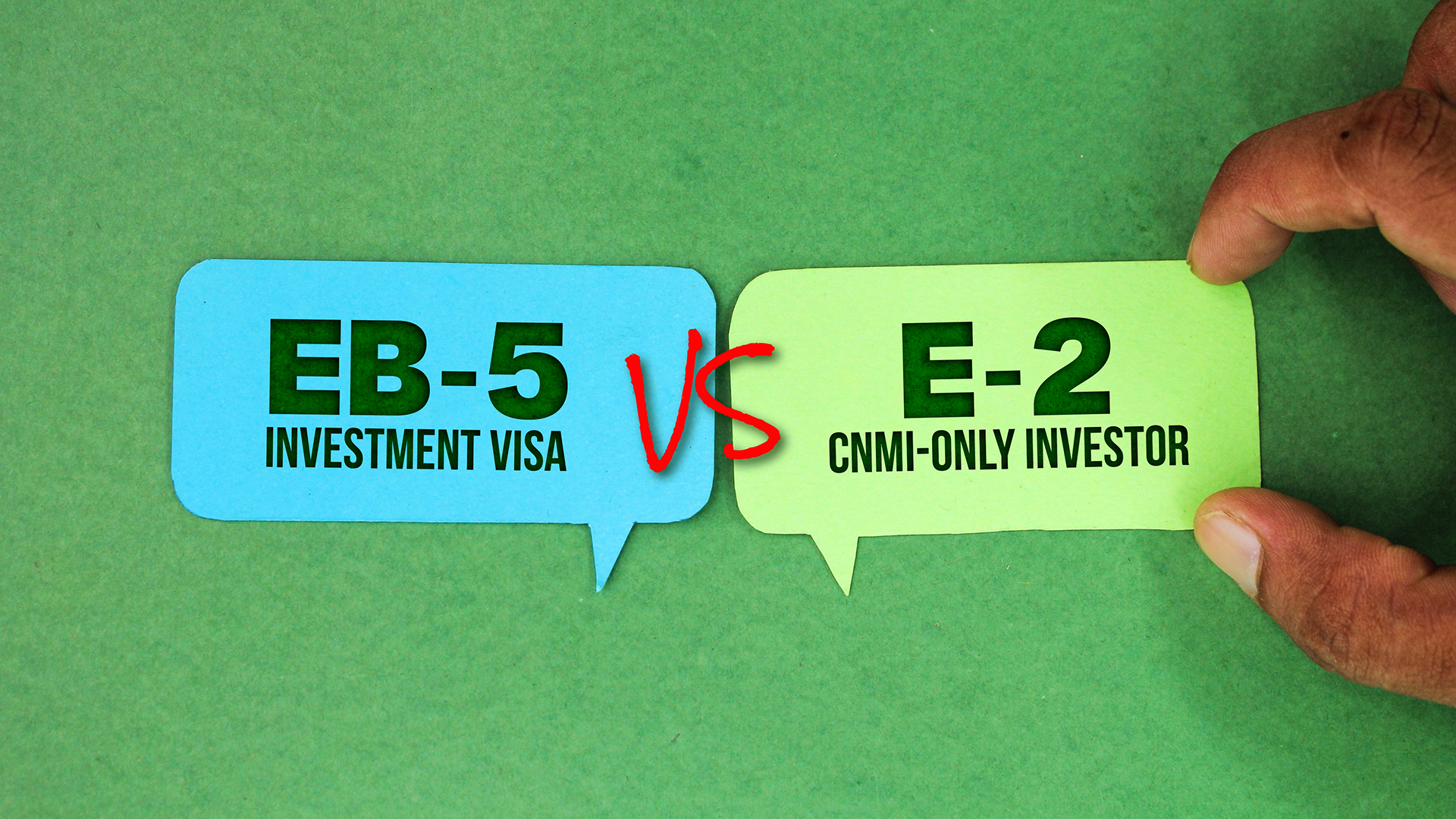Foreign investors looking to live and work in the United States often consider two main options: the EB-5 Immigrant Investor Visa and the E-2 Treaty Investor Visa. While both programs encourage economic growth through investment, they differ significantly in eligibility, investment requirements, and immigration benefits. Understanding these differences is essential for choosing the visa that best fits an investor’s goals.
Path to Residency and Immigration Status
The EB-5 visa is an immigrant visa, meaning it offers a direct pathway to permanent residency (a green card). Successful applicants and their qualifying family members, including spouse and unmarried children under 21, can obtain conditional green cards, which may become permanent after meeting the program requirements of job creation and sustained investment. In contrast, the E-2 visa is a non-immigrant visa that allows foreign nationals to live and work in the U.S. temporarily, provided their business remains active and profitable, but it does not lead directly to a green card.
Investment Amount and Business Involvement
Investment requirements are one of the most striking differences between the two visas. The EB-5 program mandates a minimum investment of $800,000 if. In addition, the investment must create or preserve at least 10 full-time U.S. jobs. EB-5 investors can make a passive investment through government-approved regional centers.
The E-2 visa, on the other hand, has no fixed minimum investment amount. Instead, the investment must be “substantial” relative to the cost of starting or purchasing the business and sufficient to ensure its successful operation. Moreover, E-2 investors must play an active managerial or executive role, unlike EB-5 investors, who may be more passive participants.
Nationality and Eligibility Requirements
Eligibility is another major distinction between the two visa programs. The EB-5 visa is open to investors of any nationality, making it a global option for those seeking permanent U.S. residency. However, the E-2 visa is limited to citizens of countries that have a treaty of commerce and navigation with the United States.
Examples of treaty countries eligible for the E-2 visa include:
- Canada
- United Kingdom
- Germany
- France
- Italy
- Japan
- South Korea
- Australia
- Spain
- Mexico
In contrast, several major countries do not have E-2 treaties and are therefore ineligible for this visa, including:
- China
- India
- Russia
- Brazil
- South Africa
Citizens of these non-treaty nations sometimes acquire dual citizenship through a treaty country, such as Grenada, Turkey, or Montenegro, to become eligible for the E-2 program.
Duration, Renewal, and Intent
An EB-5 investment leads to a conditional two-year green card, after which the investor can apply to remove conditions and become a permanent resident. The E-2 visa, however, is typically issued for two to five years, depending on the applicant’s nationality, and can be renewed indefinitely if the business continues to operate successfully. Another distinction lies in immigration intent: EB-5 applicants have immigrant intent, meaning they can pursue permanent residency. E-2 applicants, however, must show non-immigrant intent, demonstrating that they plan to return to their home country once their visa expires.
While both the EB-5 and E-2 visas serve as gateways for foreigners to invest and live in the United States, they cater to different needs and goals. The EB-5 visa is ideal for investors seeking a pathway to permanent residency through significant, job-creating investment. The E-2 visa, in contrast, offers a flexible and renewable option for nationals of treaty countries who wish to actively manage a business in the U.S. without necessarily immigrating permanently. Choosing between the two ultimately depends on the investor’s citizenship, financial capacity, and long-term intentions in the United States.
The above article is intended for informational purposes only. Anyone with a specific issue regarding EB-5 or E-2 should consult with an experienced immigration attorney.



